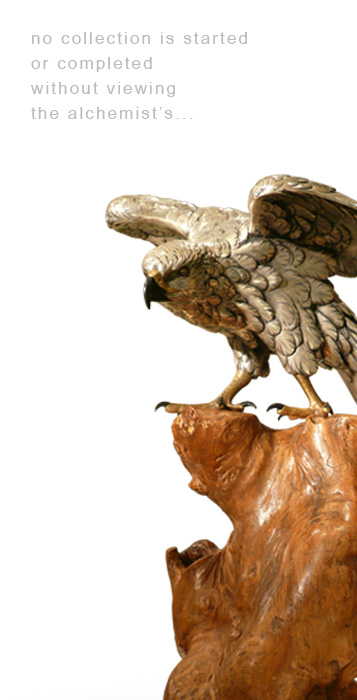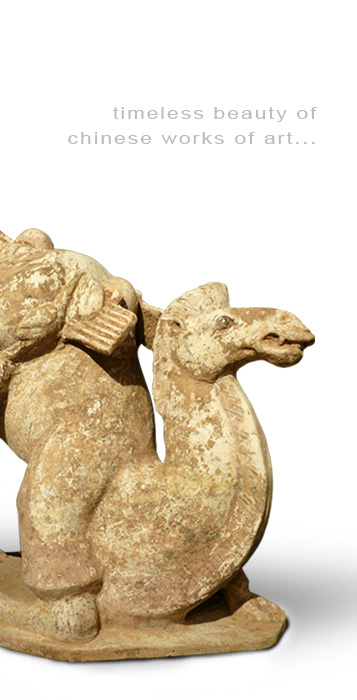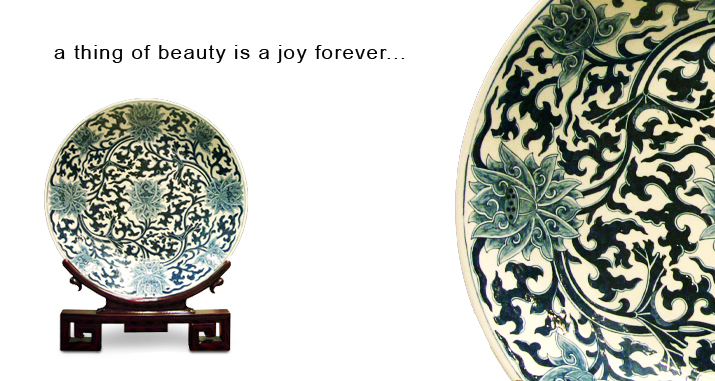Advisory
Chinese Furniture Collecting Guides
Chinese Furniture Collecting Guides
What was it that caught the eye and continues to fascinate people today?
Maybe it is a combination of all these things, the sense of harmonious proportion achieved through the simple, pleasing line of design, the way of rich color and grain of the wood and the excellently craftsmanship of joinery, the elegance and simplicity, harmony and utility.
A number of points to consider the quality furniture are the piece’s age and condition, the materials used in its construction, the quality of its workmanship and types of decoration and motifs.
In classical Chinese furniture, there are two basic forms; a) piece without an inset panel between top and the apron known as “waistless form” and b) piece with an inset panel known as “waisted form”
In Ming, the interiors were quite simple and the furnishings rather sparse. Ming designs are uncomplicated with the basic outline; usually consist of straight lines and simple curve, with include features horse-hoof feet, giant arm braces etc.
Until Qing, it became increasingly crowded and the furniture more elaborated, usually more complex, with numerous small elements and elaborated carved decoration. But please not be surprising that some furniture combined features from both periods, plain and decorative furniture.
It is an important factor in determining the value of a piece of furniture. The level of craftmanship is assessed by looking at the proportion of the details, the accuracy of the joint, and the piece’s fluidity, simplicity, complexity and dynamism.
The better original condition of the piece, the higher its value will be. If a piece of furniture is missing some parts, so the replacement work is needed, the value is lower. If restoration is carried out only on the joints, and near the bottom of the piece, it is generally accepted as being intact.
The pieces with special features or unusual function tend to be more valuable.

Maintenance Tips
Taking care of Chinese antique furniture
Wood is an organic substance and each species of wood has its individual characteristics – color, grain, texture and smell.
Every piece of antique furniture is carefully selected. We put appropriate finishes on each piece with the characteristics of the wood in mind, so that the finish and the design of wood enhance one another and would harmoniously together.
Maintenance
- Do not use silicone polish, chemicals, spray-on polish, or other commercial cleaners on your antique furniture, just dust and rub it with a dry soft cloth.
- Do not use abrasive kitchen cleaners, as they will scratch the surface.
- Wax and polish two or three times a year with antique beeswax.
- For more persistent marks, rub with a chamois leather cloth dipped in any of the following ; Warm water with a drop of vinegar added, White spirit, Soap-based product.
General Care and information
- Wood is a natural living product and the furniture will “breathe” in response to changes in the atmosphere. Rapid or extreme fluctuations in temperature, humidity or direct sunlight may cause cracking, splitting and warping. The ideal condition for furniture is a stable atmosphere will fluctuations ranging between: a relative humidity of 40 – 70%; a temperature of 15 – 25 C
- Operating a humidifier of placing a glass of water inside or underneath the furniture will help maintain the right level of humidity.
- The colour will fade or change slightly in strong sunlight.
- Object left in a permanent position on the furniture may cause uneven fading.
- Avoid placing your antique furniture next to radiators, hot air vents, air conditioners or opened windows.
- Careless handling of the furniture may also cause damage.
- Hot dishes should not be placed directly onto the surface of the furniture.






